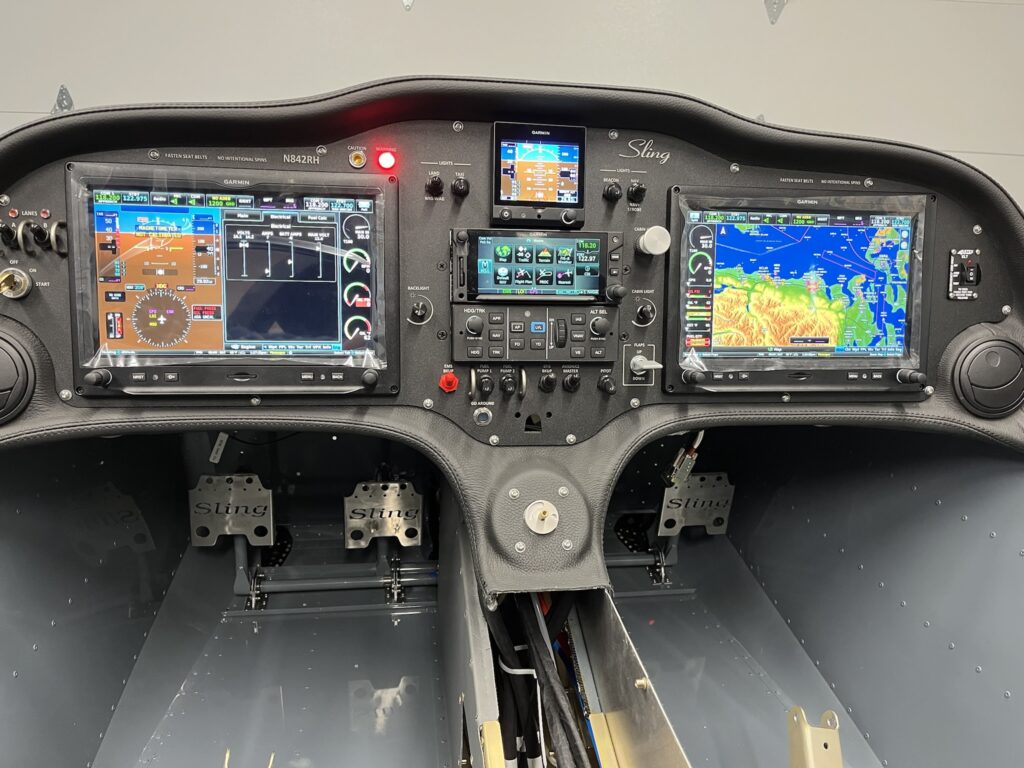It’s important to keep making progress and not get bogged down on any one thing – like wingtips. Oh those wingtips! Will they ever be done?
Parachute, flaps, ailerons, seats, control sticks were all calling for attention. It was well worth spending time on to those things. Circle back to composite work later.
Much of the work is pretty straightforward. Other items require a bit of faith and commitment – like finalizing the riveting of ailerons and flaps closed, for example. Getting the control surfaces locked down with rivets and while maintaining alignment with the wing, is both science and art. I think maybe there’s a good bit of luck involved too.
Chopping off the control sticks is somewhat a leap of faith. The KAI doesn’t say to do that, but the Tosten CS-8 grips need to be in the right spot. They’re different than the push-on type that is typical for Sling 2s. You just gotta do what you gotta do.
Figuring out what to do with the parachute cables has been an exercise. There is almost no guidance from the factory. I asked them directly and they admitted that the factory rarely installs parachutes in Sling 2s they build there, and haven’t for a long time. There’s an old video. I’ve watched it repeatedly.
The one actual attempted in-flight deployment of a parachute-equipped Sling 2, ended in failure – loss of the aircraft. Fortunately, that was during factory testing and the pilots had their own parachutes – which they needed. That sad outcome reportedly resulted in consultation with the Stratos 07 parachute company. Changes were made and presumably incorporated in my kit. It is, nevertheless, clear to me that a builder could easily insure a complete tangle of the parachute and cables during a deployment. I’ve studied photos of several other Sling 2 parachute installations and identified things I thought could be problematic. I’ve tried dress and secure the cables to allow the best fighting chance for the parachute canopy, shrouds and airframe-cables to deploy without hindrance or entanglement. My guess is probably as good as anybody’s. Maybe better.
The weather is getting rather nice. Competing interests punctuate my days.

